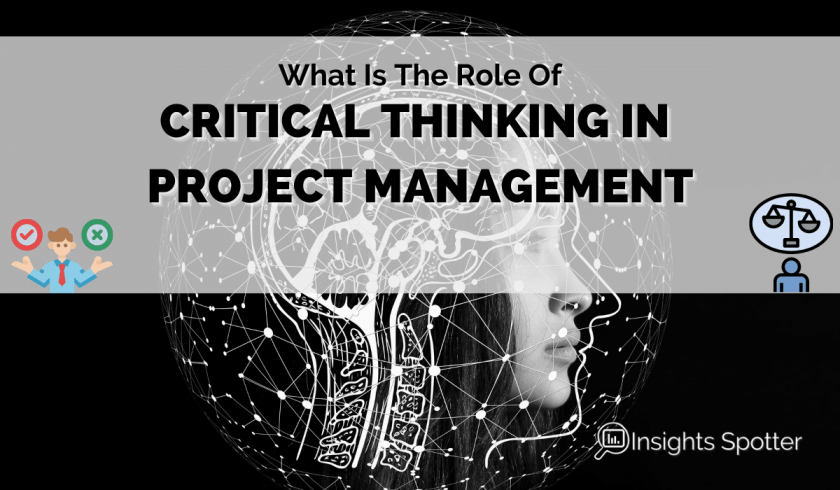What is the Role of Critical Thinking in Project Management?
Every individual has their biases, and project managers are no exception. However, thinking critically and recognising your biases are essential to have a successful project. So, what is the role of critical thinking in project management?
Critical thinking allows separating facts and real options from speculations, opinions and wishful thinking when making decisions in project management. Critical thinking recognises biases in you and other stakeholders, enabling rational reasoning to achieve optimal project outcomes.
From the top answer, it is clear that we all have biases, but it is tough to recognise them for any individual. It requires a separate sit down with yourself and objective self-analysis. However, what could help in this process is the list of biases that each of us may have.
We will discuss more in-depth critical thinking and what it takes in the post. I will share top biases and apply them to project management experience.
Hopefully, by the end of the post, I and you will be more self-aware and will be able to make more rational decisions in your teams and organisations. Plus, we should recognise the same biases in other stakeholders and enhance our stakeholder management skills.
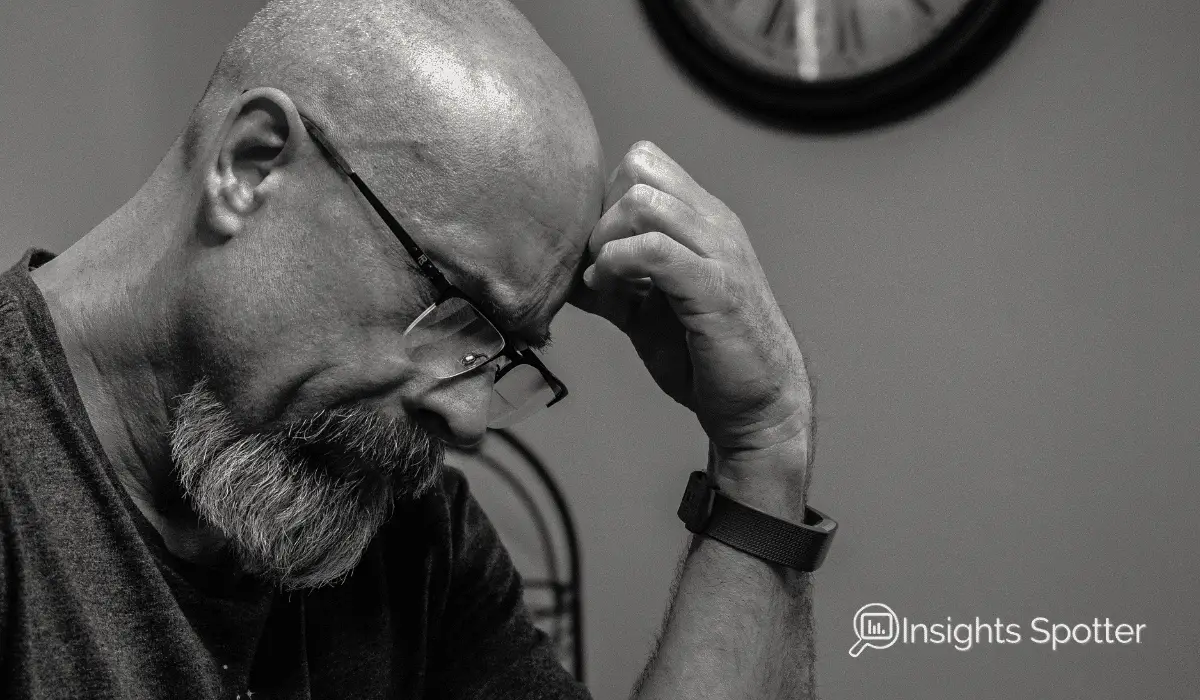
What is Critical Thinking?
It is pretty hard to define critical thinking as it covers multiple aspects of communication, analysis, decision-making, and addressing biases. My best definition would sound like this:
Critical thinking is finding and understanding facts to make a decision. The goal is to be as rational as possible, critically evaluate situations and information to stay rational and find the best options.
There is no university where you can genuinely learn critical thinking. Plus, traditionally, courses will teach or imply a linear thinking and problem-solving process, which is far from reality, trust me! Life is much messier. Later in the post, we will discuss hacks and tools you can use to bring more clarity to your complex thought process, but it will not be perfect either. However, it is the best we have.
Furthermore, you cannot be perfect at critical thinking either as it requires you to be perfectly unbiased, which is impossible for a human being. Yes, there are courses, posts like mine and similar information we discuss today, which will help to have a good background.
Still, the best school you will have is life with actual complex grey situations, where a straightforward decision is not clear. You will need to learn through:
- Self-direction
- Self-discipline
- Self-monitoring
- Self-corrective as you might not know the right decision immediately.
It is part of effective communication and problem-solving abilities, which prioritise logic rather than herd mentality or consensus. Plus, to help you on the way, we will look into the top 10 biases affecting project managers.

Why Do Project Managers Need Critical Thinking Skills?
Projects are complex affairs with multiple stakeholders who have their interests in mind and opinions. Plus, you will never have complete information about the future and will have to make various assumptions. Unfortunately, you cannot hope to have a successful project based on opinions and unclarified assumptions. Therefore, we would want to improve our odds of success by thinking on our feet and filtering opinions from facts and evaluating data accurately.
Sometimes people associate critical thinking with being critical of something or someone. However, that is not the case, as we merely clarify the situation through open discussion or rational thought processes.
Critical thinking could help by encouraging more comprehensive discussions between the team and stakeholders by addressing biases and understanding bases for particular preferences and opinions. Eventually, with the understanding situation better, you can find a more suitable and faster solution for a problem. In the process, reduce stress and drama, preventing repeating issues, improving timelines.
It would help if you aimed to critically think about your projects’ planning, monitoring, and control. These stages usually have more assumptions, expectations and estimation challenges.
We will learn how to improve our critical thinking by asking the right questions in the first place and addressing our biases. But before that, let’s understand objectives for the project manager and critical thinking.
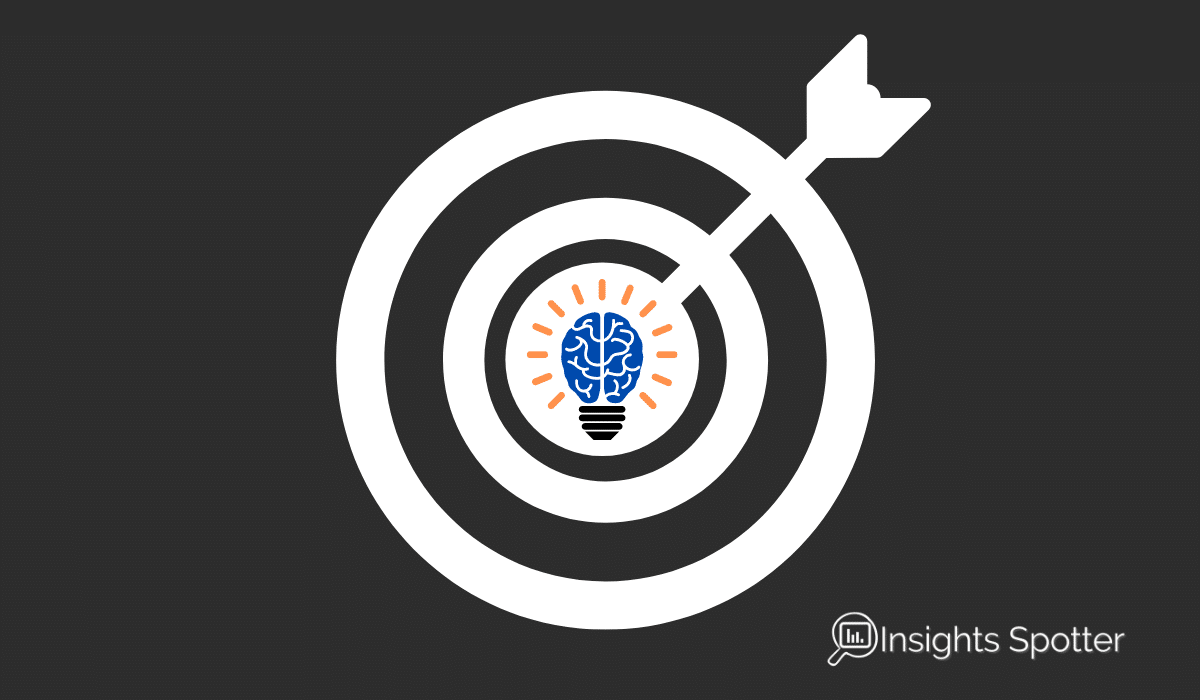
What Is Project Manager’s Objective with Applying Critical Thinking?
The ultimate objective is, of course, to deliver the project on time, within budget and with the correct scope elements. However, to achieve that, we need to apply critical thinking and mitigate several unknowns.
First, we would like to clarify risks & issues as well as assumptions. Applying critical thinking techniques and thought processes may allow us to extract that information from stakeholders.
Second, we need to make sure that our messages are unambiguous. People have biases and beliefs; the last thing we need is misinterpretation and hurdles from various stakeholders. Critical thinking can help with refining communication.
Third, we need to understand how various decisions at points in time affect the project’s outcome. Also, it is not enough just to trust your expertise and intuition, but you really need to get others involved in the conversation. Critical thinking might help with your personal biases and trail of thought that would give a better view of the impact.

What Are Top Qualities of Critical Thinkers?
To become a critical thinker, you need a combination of self-reflection, an inquisitive approach, and several techniques to help you in your rational ways.
1. Enhance Analytical Skills to Become Better Critical Thinker
As we try to be more logical, analytical skills are essential. As a project manager or business analyst, the good news is that you have those in abundance. You only need to utilise them. Well analysed situation or constructed argument to follow a specific direction could save a project from wasted resources.
2. Being Tolerant to Become Better Critical Thinker
One way to protect yourself from biases or narrow views is to ask others to share their opinions. However, you might not always like what you hear. Probably, it is a good thing as it will be something different from your current ideas. Be open-minded and tolerant of others, and you might uncover some of your biases, which could save your project.
3. Critical Thinkers Need to be Confident
When you are trying to be critical in your thought process, you need to consider various stakeholders, even senior ones. You might disagree with them, and you need to be confident to consider those views and challenge them if you think they may negatively impact the project.
4. Curiosity Helps to be a Critical Thinker
If you would like to learn about different perspectives or understand broader pictures and situations, you need to be interested. If you are not, you are unlikely to seek those answers and will just follow the status quo. A bit of curiosity might give you a more rounded solution.
5. Critical Thinkers Need to be Truth-seekers
The goal of critical thinking is not to be correct. It is about finding what is the truth even if it proves that you are wrong. One excellent quality of the leader is to admit when they are wrong. You will command the respect of your colleagues and probably get a better result for the organisation.
6. Constructing A Good Argument to become a Critical Thinker
We discuss a lot about thinking and listening to others, but you also need to influence the project. When you have uncovered facts and options, you need to learn to construct your arguments clearly, based on facts. Also, that includes considering other stakeholders’ points so you can adapt your message.
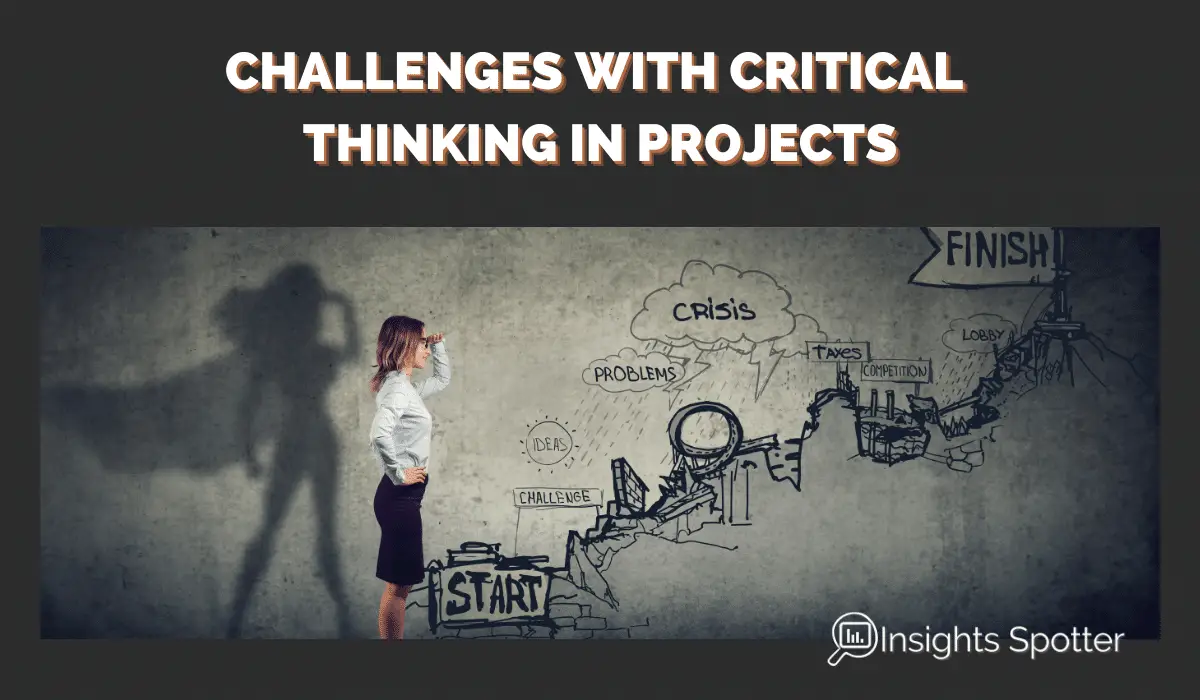
What Are Challenges with Critical Thinking in Projects?
Time constraints for Critical Thinking in Projects
Critical thinking is hard work and requires time. Projects tend to be a fast-paced environment with multiple deadlines, meetings and deliverables. Sometimes you do not have time for all those second opinions, inputs from stakeholders or complex thought processes. Although you should sometimes prioritise logic and reason, you end up going with your experience, a.k.a. “gut feeling”.
Senior Stakeholders Is A Challenge For Critical Thinking
Sometimes senior stakeholders do not like to be questioned or challenged. So even if you have identified a bias in stakeholders’ thought processes, it is hard to change their opinion, which could cost the project. Having one-to-one conversations, presenting facts and figures, or testing results if we choose stakeholders’ paths might help adjust their views.
Unrealistic Expectations Hurst Critical Thinking
Unrealistic expectations could be due to several stakeholder biases in the project. They might think that a particular solution will solve all their problems or that the project can be delivered in half of the required time. When individuals have those expectations, it is tough to have logical discussions on project deliverables as they might think it is a waste of time even to start the project. It is essential to identify those early so you can begin preparing a communication plan to address them.
Misunderstanding International Teams or Processes
Misunderstanding is common in projects that are run internationally. Different cultures might interpret input or output unexpectedly. Also, you can have stakeholders who may not appreciate all the processes involved in various project activities.
It will be hard to think critically as a group in both cases. You want to spend additional time explaining context, highlighting complex scenarios/efforts and clarifying expectations and definitions.
Challenging Norms is Difficult
It is hard to challenge existing norms and asking the question, “Why”. You might feel silly to challenge experts or group thinking. However, the confidence to ask those questions allows getting a different perspective. It is not easy, but often part of the project manager and business analyst job.
Lack of Knowledge
A project can have a particular domain which is new to you. It would help if you read up about it, but sometimes it is not enough. Trying to wing it will not be the right approach as you cannot have a rational, considered point of view without understanding. It is reasonable to get outside help, like consultants or other project managers in those cases.
Not Asking a Question or the Right Question
There are situations where later in the project, you realised that some of the critical questions had not been asked and conclusions have been made based on assumptions. Therefore, you cannot have the correct answer without asking the question. It would be best to correct your mistake and get the required input to adjust your thinking and become more inlighted.

What Are Top 10 Biases of Project Managers?
There are so many biases each of us has that it would be challenging to address all of them at once actively. However, we could think about the ten most relevant for the project manager and even business analysts, affecting the project’s outcome.
If you would like to get an exhaustive list, check out the book on amazon, The Art of Thinking Clearly. It is a very long list, but the author gives very lovely examples interesting to listen to.
1. Planning Fallacy Impacts Your Critical Thinking
The Planning Fallacy is the overestimation of benefits and underestimation of risks, costs and duration of a project. Of course, you would be the most exposed to the bias during the initiation and planning stages of the project. When we plan the project, we might underestimate how long it takes to complete each task, which partially links with risks. We tend to look more optimistically and underestimate the impact of various threats to the timeline.
Senior management would also have such biases and pressure to complete the project sooner than you would feel comfortable with. Altogether, you might also overestimate benefits to the organisation and underestimate costs in the business case. Therefore, the organisation might start the project, which might cost more than the benefits we can realise.
The easiest solution would be to compare your project with a similar project in the past when preparing plans and cost vs benefits analysis. I have also written two articles that help to deal with budget and timeline issues. Have a look; they both help if you end up in a bad spot in your project.
- HOW TO SPEED UP YOUR PROJECT? PRACTICAL ADVICE
- WHAT HAPPENS WHEN A PROJECT GOES OVER BUDGET? PREVENT IT
2. Confirmation Bias Impact Your Critical Thinking
Confirmation bias is looking for only the evidence that supports your beliefs. So, suppose you are thinking about one particular vendor you really like and have seen some excellent presentations in the past. In that case, you might only see or highlight the benefits and discounting costs or risks as unrealistic.
Again your stakeholders can also have particular beliefs about the vendor. They might think that only one option is available in the market that fits their needs. They would not even want to listen for other options as they have already confirmed using their selective information.
In both cases, we might overlook great options in the market that could bring more value to the business with lower costs. The best way to approach the problem is to define a very clear process that should test if a particular solution is good or bad. Then get stakeholders to approve the approach and eventually ask people to trust the results. Therefore, you have a data-driven answer.
3. Déformation Professionnelle Impact Your Critical Thinking
Déformation Professionnelle considers situations where experts will solve problems using familiar methods and not necessarily the best ones. “To the man with a hammer, every problem is a nail.” Therefore, it is a form of blindness.
If you have worked on projects for some time, you might have your tools and methods. Say you love the Waterfall approach, and there are projects where it fits perfectly. However, suppose suddenly your project has less certainty because you want to deliver a new product for the company. In that case, you might waste a lot of time and resources by trying to plan everything upfront. Hence, an Agile approach could be more suitable.
Also, stakeholders might only like to use one particular tool in the business. For example, they are very good with VBA code, and they want to transform data using only VBA. In contrast, Python or R might be much faster and easier to use for the same processes.
The way to solve the issue is to involve other individuals in the project and have an open discussion about the best approach. You might get team members in planning sessions or experts to advise on the best tools. You need that different perspective and be comfortable with change.

4. Anchors Impact Your Critical Thinking
Anchors are elements that give you a starting point, like the very first information we learn. Salespeople like to use it by providing a large initial price and allowing you to negotiate down. You feel pride that you manage to get that discount. However, the value of the item might be even lower. The hefty price worked as an anchor.
In the project, I would say it has both negative and positive effects. If you had a similar project before, you might use that information as a starting point to evaluate your current project.
However, when dealing with a new product, consultants or services you try to acquire for the organisation or project, you need to be careful not to fall for this bias. Suppose they quote for your price; do not start negotiating from that point. Try getting a price from several providers to understand what is the usual cost in the market. Giving a counteroffer, which is too low, might give an anchor for the other side. Ask for some discounts for the promise of the future business.
5. Availability bias Impacts Your Critical Thinking
Availability bias the brain does not like wasting energy and tends to clinch to the readily available information. Therefore, we tend to build our world views based on information around us that is easy to access.
If you are a project manager, you might have particular experience with various tools already available in the business. These might do the job well, but more suitable options are available elsewhere. You can do your research or get other people to share their take. Creating an environment where different perspectives are respected and considered can help to counter this bias.
6. Information bias Impacts Your Critical Thinking
Information bias is the fallacy that more information is equal to better decisions. I think it can be applied in multiple situations when it comes to project management.
You can spend way too much time evaluating each small task for your plan. Or your stakeholders want the whole information in the world to make a decision. Eventually, you might not be able to distinguish between what information truly matters and what doesn’t for your deliverables.
I think the rule of thumb 80/20 works well here. Try concentrating on the 20% of information that gives you the most insights. Explain to your stakeholders the cost and benefit of getting the rest. They should appreciate that you are giving already 80% of valuable information for their decisions, and the rest might just take too much time.
7. Decision fatigue Impacts Your Critical Thinking
Decision fatigue, I learned about this bias from Barack Obama. He used to have the same type of suits in the Whitehouse. Therefore, he did not have to decide on what suit to wear every morning. Your brain can only make a limited number of quality decisions over the day. What to eat or what to wear will cost you. Interestingly, the decisions are also linked with your willpower. So, the more decisions you make during the day, the harder it may be to say no to that doughnut.
When it comes to project management, you always are making decisions. You need to decide on timings, costs, risk, mitigations when to have various meetings, or what to say. If you try to do everything in one day, you might not make the best decisions at the end of the day. Make sure you pace yourself with that decision making, and if you feel you need a break or it is late, you might want to wait for the next day as you might regret your decision in the morning. If you feel hungry, have lunch as decision quality directly correlates with your sugar levels in the blood.
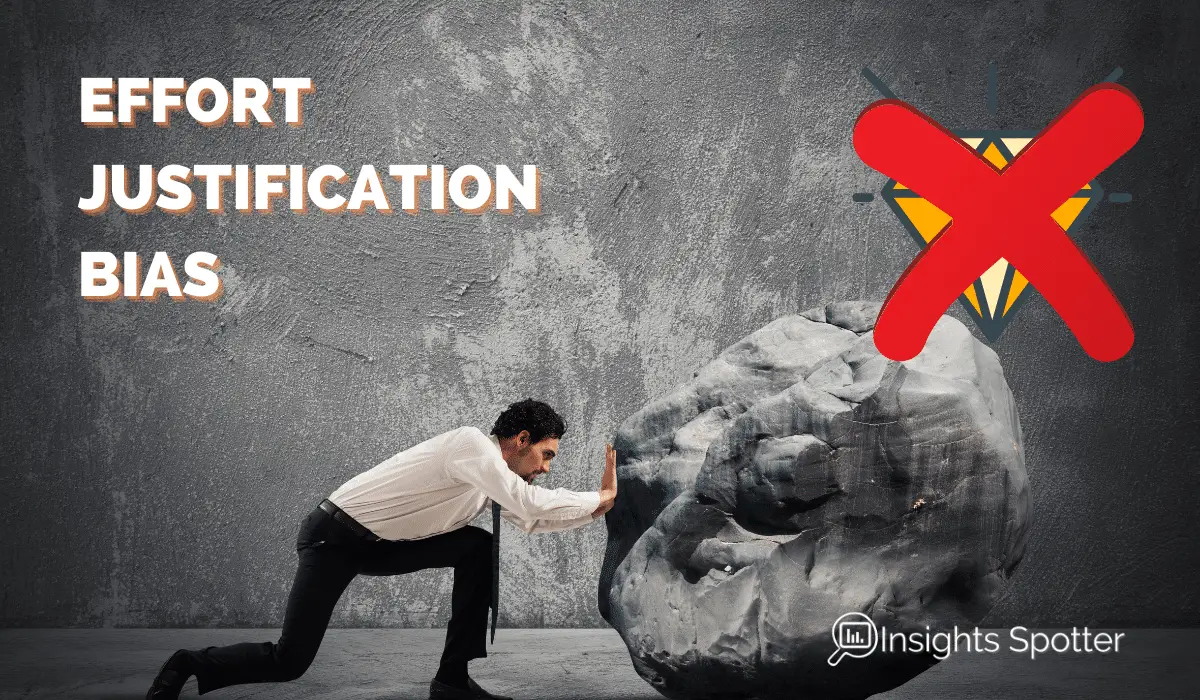
8. Effort Justification Impacts Your Critical Thinking
Effort justification is increasing the value of your results depending on the amount of effort you put in. The rule of thumb of 80/20 fits here as well. Most of the activities in projects (80%) will bring only 20% of the value and vice versa.
You will see many people in office environments telling you how busy they are with all those meetings and various tasks. The translation is that they want you to believe how much they contribute to an organisation. Unfortunately, 80% of that energy is wasted.
Suppose you have spent countless hours and meetings trying to align people to do their tasks on time. Therefore, you believe that everyone knows 100% what needs to happen next. Unfortunately, you will never be in that position, and you might have just wasted 80% of that time. Some level of coordination on the go will still be required.
In initiatives, try to work backwards from the value you create whenever it is possible. Then only do the tasks with the given quality that still achieves the desired objective or results. Anything that does not have to be done to reach the required value, leave for later.
9. Default Effect Impact on Your Critical Thinking
Default effect people do not like change, and they prefer the status quo. It applies to project management twofold.
On the one hand, you will meet stakeholders who are irritated, angry or emotional about change. They might be afraid about their work in the future. Usually, people are uncooperative in that state of mind.
If you would like to read more about dealing with such stakeholders, check out my post: SARAH MODEL OF CHANGE: THE CHANGE CURVE FOR PROJECTS
On the other hand, project managers, although promoting change, do not like to change themselves. They do not want to change their methods or approaches. In some cases, it may lead to sub-optimal project performance.
Before promoting change, appreciate the impact, it may have on you or other stakeholders. Keep calm, and explain the situation and broader benefits. Usually, change brings new opportunities and improves the state of life; therefore, help others embrace it or support them until they get used to it.
10. Action Bias Impacts Your Critical Thinking
Action bias is a tendency to act instead of doing nothing and observing the situation for more extended periods. People forget that choosing not to act is also an action but not as visible.
When you have a new boss coming into the organisation, they need to prove that they are worth it. Thus, they will introduce ten steps processes to change the whole organisation, leading to confusion, loss of direction and decline. When we only needed to make minor adjustments.
Project managers also feel that they need to act when things start to go sideways. Yes, the situation may require swift actions. But sometimes, you need to wait to understand the causes before you act. When stakeholders press you to act, negotiate to understand the situation to appreciate how your actions will impact the project.
11. Bonus: Procrastination Impact Your Critical Thinking
Procrastination could be applied to any activity. But I wanted to include it here. The project manager sometimes needs to have difficult discussions. For example, they might need to discuss additional resources with stakeholders, explain unsatisfactory progress or adjust expectations.
In all these situations, delaying conversation will damage the project. Either stakeholders will not accept your deliverables, start slowing the initiative, or put on hold project correction.
The project manager’s job is to deal with these uncomfortable issues head-on and accept responsibility for the project.
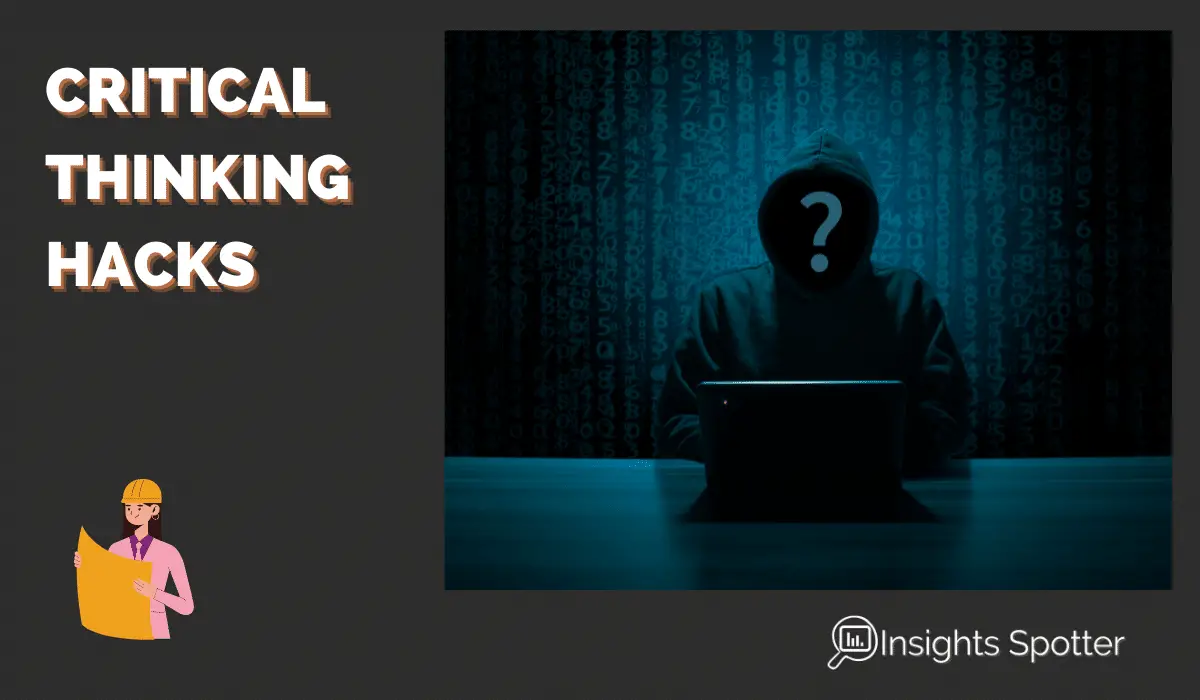
Project Management Critical Thinking Hacks
We can use multiple hacks to address our inability to deal with biases efficiently. Some we have already discussed, and I will just mention them here again; some will be new. Applying these can help us to be more rational in our project delivery.
1. Critical Thinking Rules of Thumb
Avoid Assumptions: Try avoiding assumptions as much as possible. Clarifying them at the beginning of the project will reduce the number of surprises later down the line.
Consider potential risks & issues: Every single project manager needs to manage their risks & issues. Considering them includes being very open and almost slightly pessimistic with probability and impact. Humans are terrible at guessing likelihood and impact; they tend to be more optimistic when thinking about the negative impact. Risks & issues consideration is one place where you are allowed to be a bit more pessimistic.
Use the Five Whys: I am sure you have heard this rule, but do you apply it. If something goes wrong, do not jump to solving issues. Try to understand why did it happen by using “Five Whys”. That way, at least you will be solving the right problem.
Pareto Principle or 80/20 rule: Unfortunately, 80% of your effort delivers only 20% of project results. Consider what gives the other 80% with 20% effort. Prioritise that work first and only do the rest if you have time. Senior managers would not value your results more if you worked on them a lot. They will only appreciate the results or deliverables’ impact on the business.
How to be Efficient with Critical Thinking?
The trick to being effective is to eliminate errors in thinking, and by default, you will be more rational. It applies both to you and your project plan. Reducing unknowns and unclear information gives way to more rational engagement with project participants.
Unfortunately, it is tough to be rational all the time. The good news is you do not need to be. You can go with your gut feeling for those decisions that have a lower impact. Plus, if you are very knowledgeable in a particular type of project, you can also skip the complex process to ensure you are rational.
Alternatively, more collaboration will be needed if you have a big decision that will change the project’s direction with less clarity. Workshops or working groups could help get a different perspective and validate that decision or objective.
Therefore, you not just need to prioritise your tasks but also your critical thinking. Decision making is a limited resource in the day, so use it wisely.
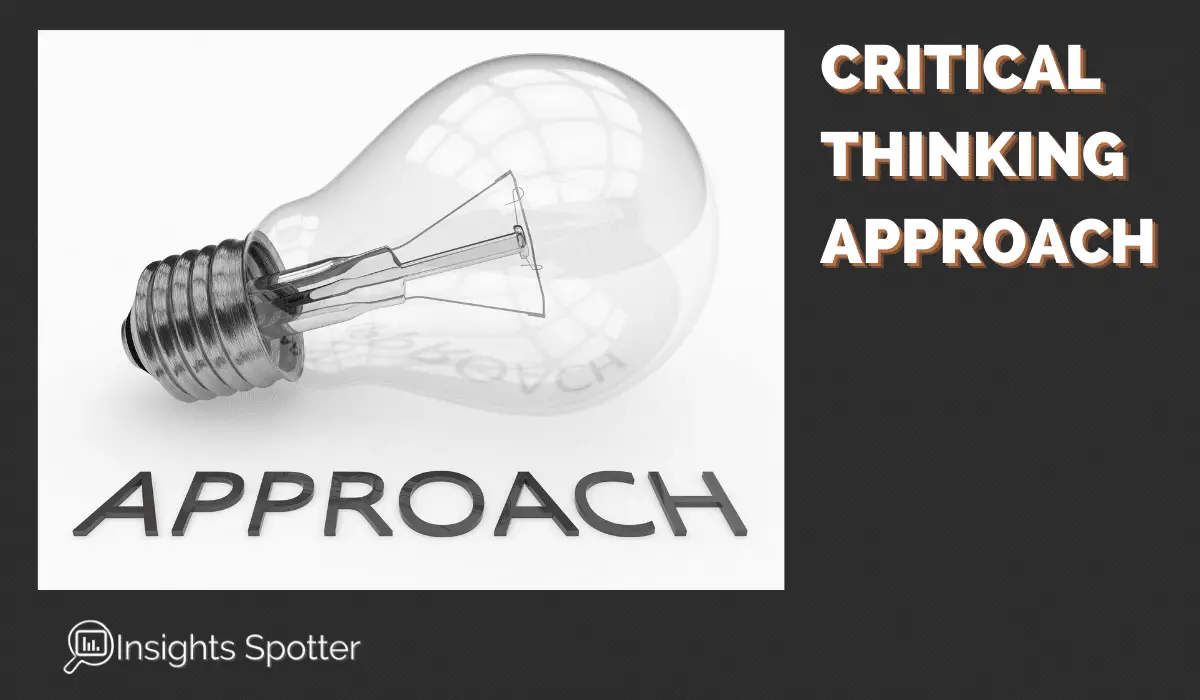
What Is the Critical Thinking Approach In Project Management?
Ok, you have booked your Workshop, and now you think about how to approach the session to get the critical thinking going? What will help is a systematic approach to understanding the problem.
1. Understanding the Core Problem
First of all, we need to understand the problem or the situation. What helps to do so is going broad before going specific. So, we want to ask open-ended questions like “What” or “Why”. The key is to leave any judgement outside of the meeting. The pure goal is to find the answers.
The goal for you is to understand the issues and conclusions, get to the reasons “Why”, and comprehend the assumptions used to get to this point.
2. Gathering and Evaluating Data
Now that you have built some sort of hypothesis of the problem or situation, you need to prove it with data or accounts from participants. Therefore, clarifying questions to test various assumptions will build clarity and structure if you have the right individuals in the meeting. If you do not have the right individuals to answer questions, you might need to take this offline.
What could also help at this stage is to ask hypocritical questions. In particular, when evaluating and eventually weighing alternatives. Hypocritical questions test if you do something or believe something you say you don’t. For example, you might say that you need to be objective with vendor selection, but the validation process only concentrates on two vendors for whom you had a preference before.
3. Generating and Weighing Alternatives
You have built your evidence; thus, it is time to weigh each finding and ask if there are alternative ways to address the problem. Have you really considered all options and reflected on your paths to this point in the analysis. Maybe there are some additional vendors to explore or options to solve the problem. It is like a test for your thoughts and approach. Therefore, you test quality.
Check if you or the team have fallacies in the reasoning discussed openly in the group. Have you based your data on tangible investigations and facts rather than opinions?
4. Choosing The Best One
Finally, you will need to structure your findings and present them to the group that will decide. Ensure that the decision-makers have all relevant information that would not cloud the judgment. Then structure the question carefully to get a clear and specific approval to move forward.
That is it; if you follow the structured approach, you should be on your way to solving most of your problems with limited impact from your biases.
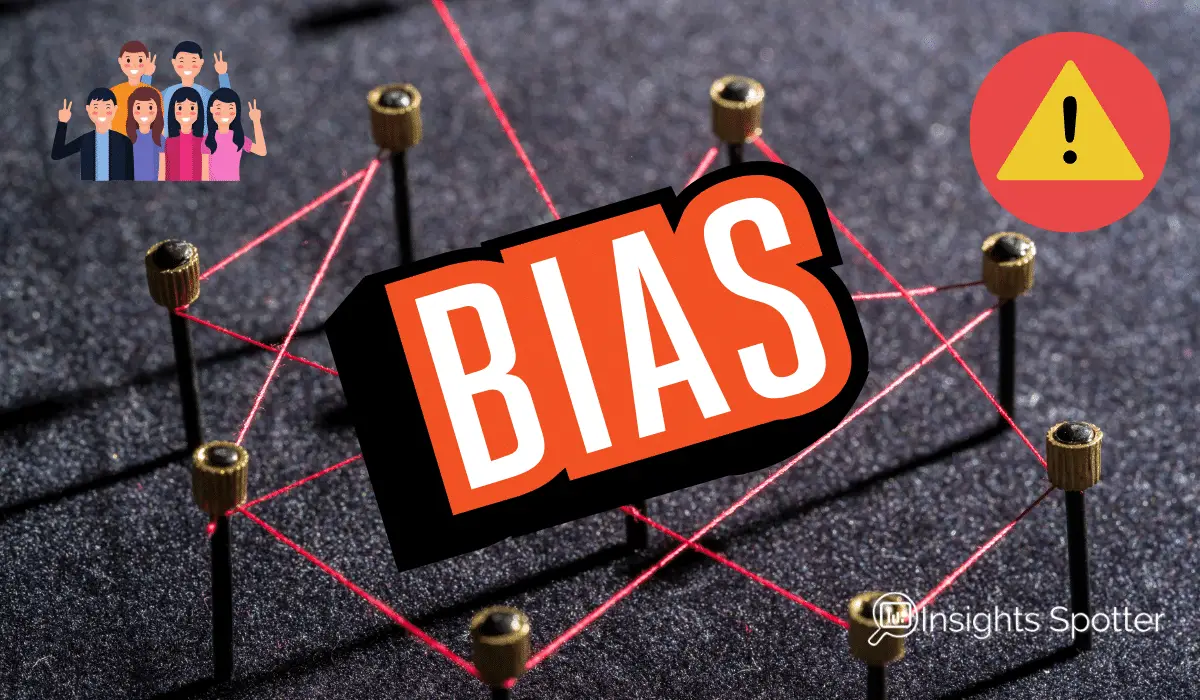
How to Uncover Stakeholder’s Biases in the Project?
Stakeholders impact your project and understanding their views, positions, and biases is also highly important to successfully deliver the project. To uncover stakeholder biases in the project, you need to ask the right questions. In general, though, looking from another person’s perspective is an excellent way to approach it. What helps to understand the beliefs are the right questions.
Current View of the World
When trying to understand expectations and how your stakeholders see the world’s current state, ask outcome-based questions that help you understand their thought processes and beliefs. What do they expect the project to change or improve, and what are their thought process.
One way to uncover stakeholders’ expectations and thinking is to ask them to describe the future with examples and use cases.
What are Prioritisation Questions for Critical Thinking?
In the project, you have limited resources; therefore, you need to prioritise every day. Your stakeholder will want you to do everything yesterday and will put pressure to give everything now. Asking the right questions to understand the situation and uncover stakeholder fallacies could save you some tough conversations later down the line.
Why is this Significant Today?
Every manager will want their deliverables today. However, I found that they often can wait for some time or really just want deliverables but do not really need them. Asking these essential questions might save you some effort, and you can use it on more critical projects. If the project still needs to happen, it can be done later, more aligned with your team’s availability.
One excellent and polite question to ask is to understand why the project is urgent. People love when you are genuinely interested in their needs.
Why does the Team or I Need to be Involved?
Sometimes, you may get random requests that are a bit outside your team’s scope. Do not jump blindly addressing them and discuss with stakeholders their thought processes to involve the team. Maybe they just need more information to understand where to direct the query.
If you are not clear about why they need your team, you can always ask to explain what is expected from the group, giving better appreciation.
Why is this the Most Critical Project for the Team?
There are always competing priorities in the business. Understanding the most value-added projects from senior management could ensure that you prioritise the right activities.
Critical Thinking in Project Management Conclusion
Critical thinking is a form of balancing act as the correct answer is not always clear; you always end up somewhere midway in the thought process. It is hard to go against your biases, but it could save your project. Therefore, it is worth trying to achieve. You won’t become an expert in logic in one day, but I hope my post will get you a bit closer to keeping a rational mind where needed.
As you have read through the whole article there is a present for you. A presentation about Critical Thinking in Project Management, which you can take home. It contains an additional topic about the two sides of the brain, where the fast brain drives your rash decisions and prevents your critical thinking.
Subscribe to our newsletter!
 ABOUT ME
ABOUT ME
I am an experienced ex. Business & Data Analyst and now a Project Manager with multiple years of experience gained in several international companies.
These days, business problems require data crunching and telling stories to make the right decisions. Simply put, business stakeholders need insights into their projects and deliveries.
This is where I come in. I have learned and applied Python, Power BI, SQL and Excel to analyse and present data. Also, I gained experience in Project Management and Business Analysis. So, I can not only spot insights but execute business decisions. Moreover, I can teach you as well. Read More
Best Books








Latest Blog Posts
- Navigating Project Management in a Matrix Organization: Challenges and Solutions
- Using Artificial Intelligence’s Power in Agile Project Management
- Sustainable Project Management: Trends, Tools, & Strategies
- Unlocking Strategic Value: How NIST CSF 2.0 Shapes Project Choices for Better Outcomes
- Cybersecurity Project Management: Protecting Your Digital Frontier
- What are the Different Types of Planning in Project Management?
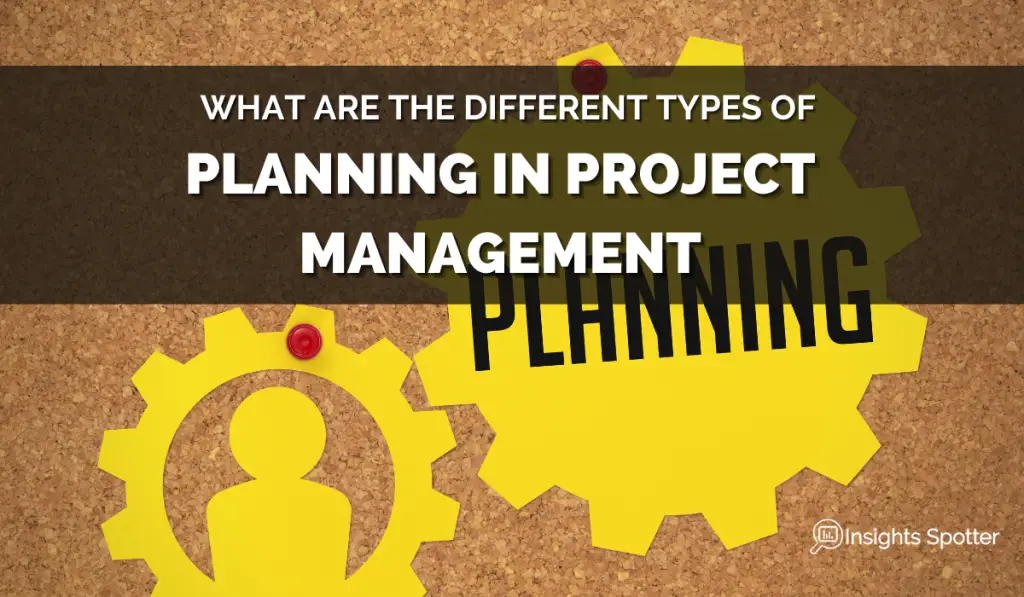
Need Project Manager’s Help!?
Check out the Fiverr marketplace if you do not have time to run your own projects or just need extra help. They do have multiple project professionals, including project managers. Maybe you will find just the right fit to take some burden from you. I have used Fiverr in the past. The prices are also not too bad. If you seek PM via the corporate route, it will be easily 5x the price.

